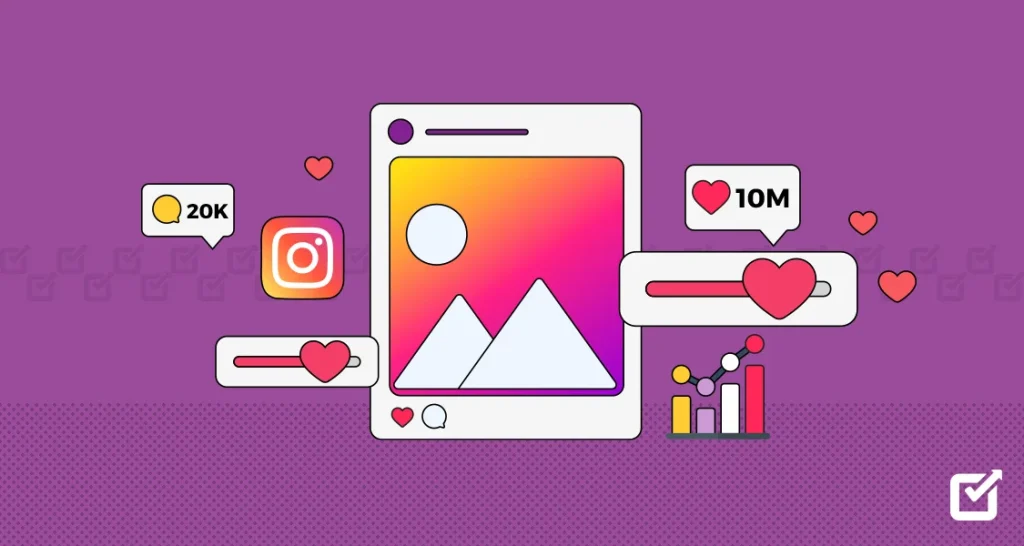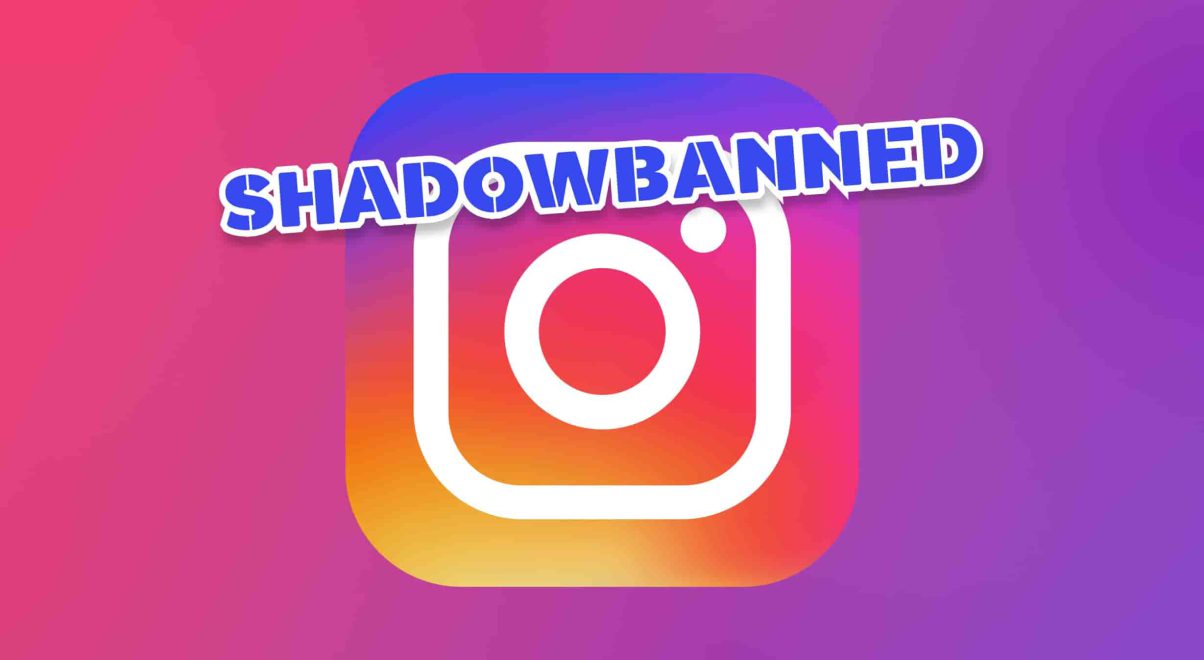What is an Instagram Shadowban? Encountering an abrupt decline in engagement or witnessing a sudden loss of followers on Instagram can be a daunting experience for any marketer. The fear of your photos not appearing in hashtag search results adds another layer to this nightmare scenario.
Numerous users found themselves puzzled by these unexpected shifts, grappling to comprehend the alterations in their Instagram accounts. One plausible explanation for these perplexing transformations is the occurrence of an Instagram shadowban. Curious about what a shadowban entails? This article will delve into its definition, purpose, and effective strategies to steer clear of falling victim to it.
What is an Instagram Shadowban?
shadowbanning involves discreetly blocking a user’s social media content without their awareness. If you find yourself shadowbanned on Instagram, the tricky part is that you might not realize it. Your content won’t be visible in the Instagram feeds of anyone who doesn’t follow you. Even if your followers re-share your posts, these images could still be subject to the shadowban.
Experiencing a shadowban significantly diminishes your visibility, leading to a substantial drop in engagement rates. Ultimately, it may impede the growth of your Instagram presence, potentially resulting in a negative growth rate in some instances.
The concept of a shadowban is akin to a clandestine restriction. Instagram itself denies allegations of shadowbanning, meaning you won’t receive any notifications even if your content is being discreetly restricted.
read it: buy instagram follower
Why Are Instagram Shadowbans Needed?
While these bans might seem perplexing and frustrating for marketers, Instagram’s perspective sheds light on their necessity. Essentially, shadowbans serve to filter out accounts that violate the platform’s terms and conditions.
A common misuse involves marketers resorting to Instagram bots to artificially inflate follower counts and enhance visibility and engagement. Despite being a direct breach of terms, some marketers still opt for these tactics to grow their accounts. Shadowbanning such accounts allows Instagram to maintain the credibility of its platform.
Instagram identifies certain behaviors as red flags, such as excessive use of hashtags. If irrelevant hashtags are employed solely for increased visibility or if the same hashtags recur in every post, it raises concerns. This could lead to getting flagged for a shadowban.
Moreover, the “Don’t Show For This Hashtag” option, when clicked on a post, can impact your reputation and affect the post’s visibility in search results for that specific hashtag.
Despite Instagram officially denying the existence of shadowbans in 2018, users continue to report instances of their posts being repeatedly banned. While Instagram might avoid explicitly acknowledging “shadowbans,” numerous user discussions in online forums highlight the ongoing debate about their reality or myth. In essence, the existence of shadowbans remains a grey area, with Instagram indirectly recognizing their significance.
read it: 5 Ways to Get More Instagram Story Views
How to Know If You Have Been Hit By Instagram Shadowban
Detecting the impact of an Instagram shadowban on your account requires a keen eye for changes in engagement. While a sudden and significant decline might suggest a shadowban, it’s crucial to consider other factors, such as Instagram’s frequent algorithm updates, which could also affect engagement.
If you suspect a shadowban, there are methods to confirm its presence. Here are steps to determine whether your Instagram account has fallen victim to a shadowban:
1- hashtag search
Testing for a shadowban on Instagram can be initiated through a simple method called Hashtag Search. Begin by sharing an image on Instagram, incorporating a relatively uncommon hashtag. Avoid widely-used hashtags with thousands of search results, as locating your post in the clutter becomes challenging.
Once the image is posted, enlist five friends who don’t follow the account to search for the hashtag you used. If your post fails to surface in their search results, there’s a likelihood that your account has fallen victim to a shadowban.
2- Use Tools to Test for a Shadowban
Employing specialized tools such as Triberr and The Heist can prove invaluable in assessing the possibility of a shadowban on your Instagram account. These tools analyze your posts and provide insights into whether a shadowban is a concern. Furthermore, they offer the ability to identify specific hashtags that may be triggering the shadowban.
In the provided screenshot, hashtags associated with a shadowban are distinctly highlighted in red, aiding users in pinpointing potential issues.
3- Use Instagram Analytics
Leveraging Instagram analytics is an additional avenue to investigate the possibility of a shadowban. By scrutinizing key metrics such as profile visits, impressions, and overall engagement, you can discern any abrupt decline in your engagement rate. Although not a definitive indicator, these analytics can serve as a valuable resource in detecting potential irregularities.

in fact:
An Instagram shadowban is a restriction placed on an account, limiting its visibility and reach without notifying the user. This often results in posts not appearing in hashtags, reduced engagement, and decreased follower growth. Typically triggered by violating Instagram’s guidelines or using prohibited practices such as excessive use of hashtags or automation tools, a shadowban can severely impact an account’s performance. To avoid or recover from a shadowban, it’s essential to follow Instagram’s community guidelines, avoid spammy behaviors, and focus on organic engagement. Regularly monitoring account activity and staying updated on Instagram’s policies can help maintain a healthy and visible presence on the platform.








